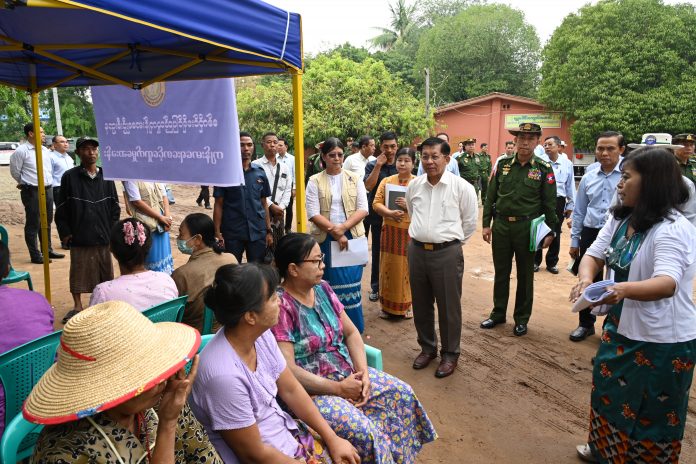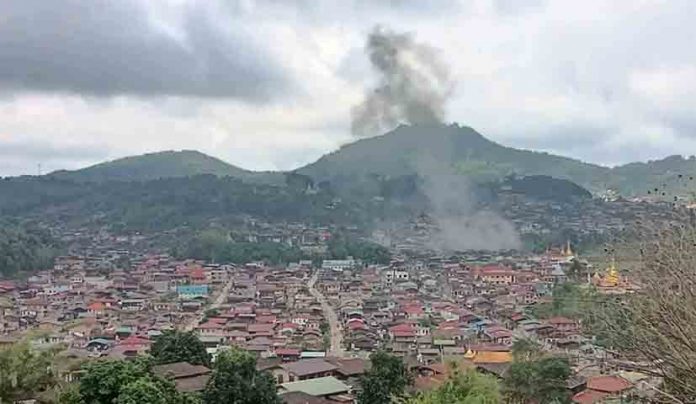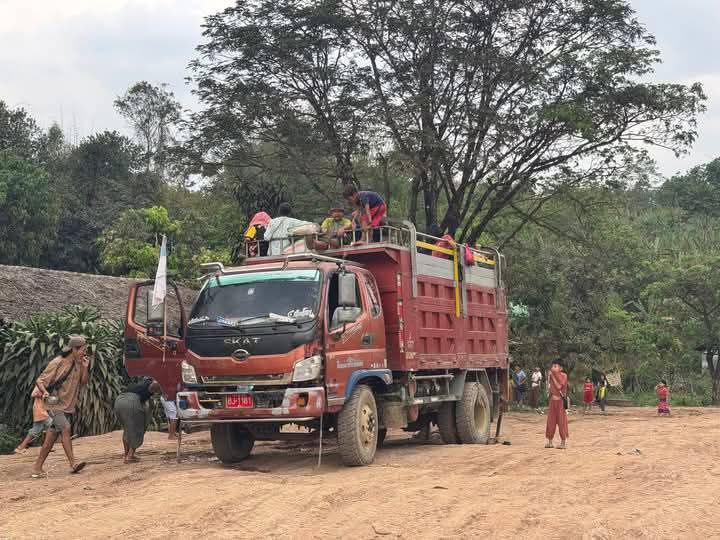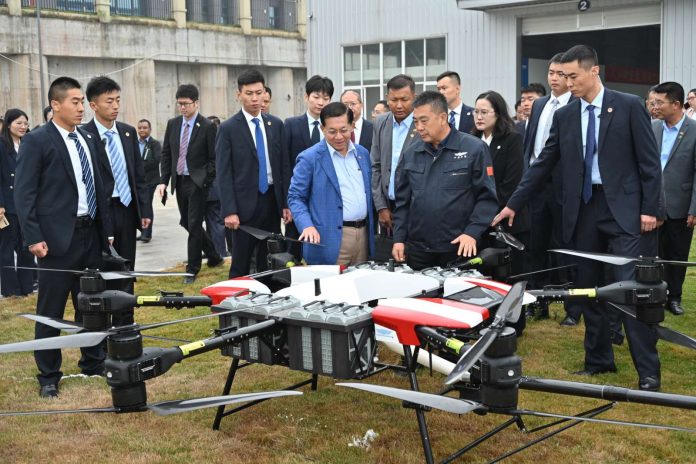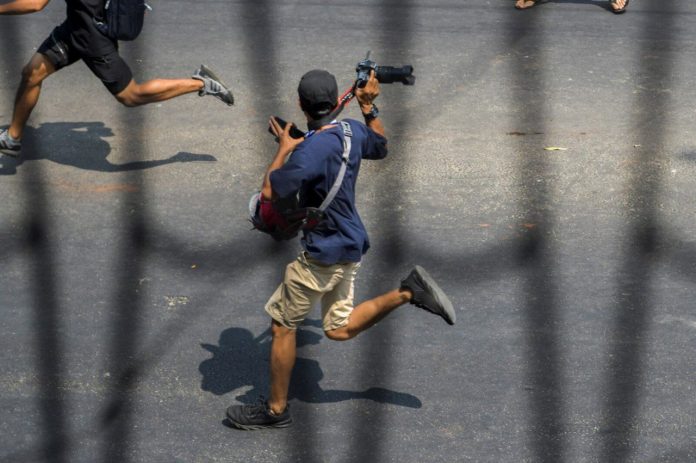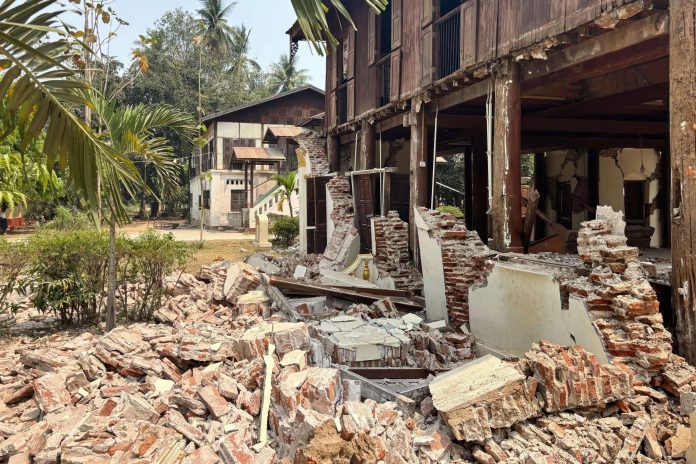How neighbors and regional actors are using earthquake relief to undermine Myanmar’s Spring Revolution and attempt to reinstate military dictatorship under the guise of neutrality.
Guest contributor
Igor Blazevic
Pre-Earthquake strategic shifts by regional powers
Even before the earthquake—and unrelated to any humanitarian concerns—several key countries (notably China, Thailand, and India) had already made policy decisions aimed at propping up the collapsing junta. (In Thailand’s case, the key figure to watch is Thaksin Shinawatra.)
Their approach includes:
- Diplomatic engagement
- Limited assistance (both diplomatic and economic—the “carrots”)
- Pressure on resistance forces (no carrots, only “sticks”)
- A push for fake, fully manipulated elections to create a façade of legitimacy for continued military dominance over Myanmar’s state, politics, and economy
These shifts are driven by a combination of:
- Ideological alignment with centralized authoritarian regimes and a preference for the “devil they know” over democratic forces
- Longstanding vested interests and collusion with Myanmar’s military and oligarchs
- A fundamental misreading of the situation on the ground and a disregard for the will of the people
This quiet pivot—from a “wait-and-see” approach (seen in the first three years post-coup) to a calibrated effort to sustain the junta and restore ‘stability’ through an elite pact (often branded as ‘all-inclusive dialogue’)—has already posed a major challenge to the revolutionary movement.
Still, this pivot had not reversed the momentum of the revolution. Despite limited resources, resistance forces remained on a slow but steady offensive, while the junta was visibly deteriorating.
However, the recent earthquake inevitably interrupted the revolutionary advance—precisely because the resistance does care for the people and feels a deep sense of responsibility. The disaster has provided the junta with the breathing space it desperately needed. The military is using this moment to:
- Capture and control aid resources
- Resupply and re-equip its forces
- Step up forced recruitment
- Rebuild manpower and logistics
Of greater concern is that the earthquake has handed countries and actors with vested interests in the survival of the military dictatorship a new narrative—a “humanitarian imperative”—to justify their continued engagement and support for the junta’s control over central and coastal Myanmar and over the country’s state institutions.
A flood of narratives normalizing the junta
After the earthquake, four interest groups—none of which have ever believed the Spring Revolution could succeed, and none of which have contributed meaningfully to the liberation struggle—seized the opportunity to resume or expand engagement with the junta.
These groups, long inclined to normalize relations with the junta as the ‘de facto’ government (which it is not under any meaningful standard), are using the guise of a ‘humanitarian priority’ to rationalize a return to business as usual.
Of these four interest groups, the first three are influential, the fourth is in the role of extras in the game played by others:
- The aforementioned neighboring countries and regional bodies like the Association of Southeast Asian Nations (ASEAN)
- The international humanitarian and development aid lobby, which has long been entangled in a hostage dynamic with the junta and has sought normalization
- The peace lobby, eager to return to a donor-funded peace process in which they hold influential roles as ‘facilitators’
- Political parties which ‘registered’ for sham elections and domestic “zombies” from the previous failed peace process—groups that have not joined the spring revolution and see the military’s survival as essential to their own continued participation in Myanmar politics
Since the earthquake, these four groups have been generating a flood of mutually reinforcing narratives and initiatives that aim to:
- Convince the public that “neither side can prevail” and that the junta cannot be defeated—therefore, for the sake of the “suffering population,” revolutionary forces must accept a “humanitarian ceasefire”
- Normalize Min Aung Hlaing and the junta as legitimate “partners”
- Increase pressure on revolutionary forces to enter “negotiations” (which, in practice, mean surrender to military domination)
- Pave the way for sham elections to legitimize a junta 2.0
These narratives and actions are not part of a formally coordinated campaign, but they are synchronized by converging interests. Understandably, this poses a real challenge to the revolutionary forces.
While they are equipped with strength, resilience, and determination to fight the junta’s violence and terror, they have not been adequately prepared to be undermined by actors who claim neutrality—who say they “don’t want to interfere” in Myanmar’s internal affairs and only wish to “help.”
As noted, key neighboring and regional governments have already made political decisions to bring Min Aung Hlaing and the junta back in from the cold. The interest groups mentioned above also see strategic and material advantages in engagement with the junta.
That’s why, even as Myanmar’s revolutionary actors, civil society, and independent media provide overwhelming evidence that:
- The junta continues aggressive military operations
- Min Aung Hlaing is preparing for more war—not ceasefire or peace
- Aid is being blocked from liberated areas and channeled into junta strongholds
- Humanitarian suffering is being used as a weapon
- The junta is profiting from exchange rate manipulation of aid funds
…none of this is likely to break through the wall of willful ignorance and political convenience embraced by these actors.
The flood of new narratives has temporarily obscured the reality: the junta is still crumbling, both militarily and administratively.
Staying the course
At this critical juncture, it is essential that all ethnic resistance forces, the nationwide revolutionary movement, the People’s Defense Force (PDF), and local defense teams continue to work in close coordination, stay calm, and remain focused on what truly matters.
They must sustain military pressure on Min Aung Hlaing with the clear goal of permanently dismantling military dictatorship.
Other revolutionary actors must also stay true to their respective missions—whether that means campaigning and mobilizing public support, fundraising, humanitarian resistance, cultural and artistic resistance, information and psychological warfare, international advocacy, media reporting, documenting junta crimes, or investigative exposing the enablers of the junta’s war against the people.
As Ta’ang National Liberation Army (TNLA) Brigadier General Tar Parn La put it powerfully:
“Our ancestors, our parents, already endured the devastation of war. We ourselves are still enduring it today. If we don’t bring an end to the dictatorship now, our next generations will continue to suffer from war and won’t be able to live as truly free human beings. That’s why we must continue our efforts to bring about the complete fall of the authoritarian regime. If our generation fails to eliminate the military dictatorship, future generations will continue to suffer from an endless cycle of ceasefires, negotiations, and renewed fighting.”
Igor Blazevic is a lecturer at the Educational Initiatives Myanmar and Senior Advisor at the Prague Civil Society Centre.
DVB publishes a diversity of opinions that does not reflect DVB editorial policy. We’d like to hear what you think about this or any of our stories: [email protected]


